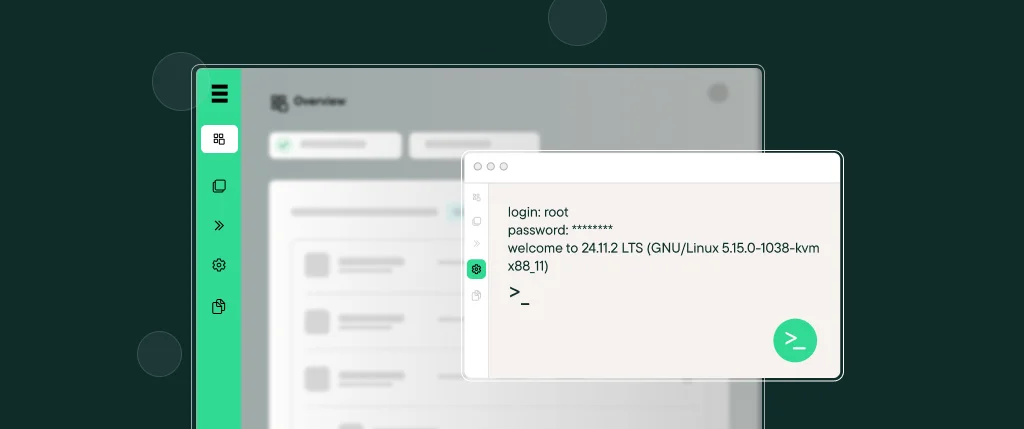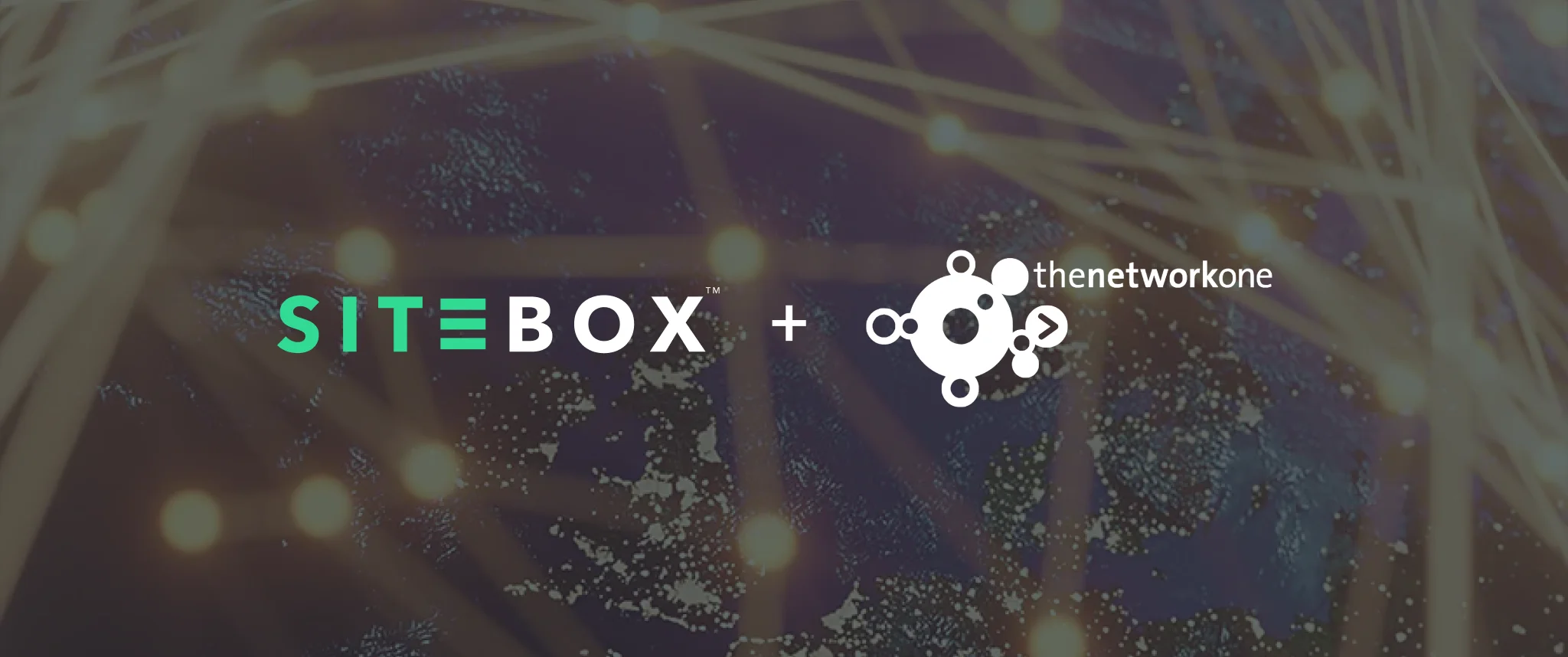User experience design is becoming a totem for a sustainable WordPress website.
Not only does it entice site visitors to scroll through pages to find what they want quickly, leading to a sale and potential further business, but there’s environmental ramifications stemming from UX considerations too. This is extremely important when the internet’s carbon emissions are keeping up with that of the aviation industry.
Hosting a website can feature many hazards that slow site speeds, ruin the buyer journey for users, and emit more harmful substances. But using WordPress, a simple spring clean can optimise a site to perform to its full potential. And it’s not just UX designers that can help better the world, but a whole agency team.
The effect of changing attitudes
Digital transformation has provided effects both positive and negative. Emerging technology looks to provide solutions of all sizes, connecting our world and making products accessible to all – a large part of environmental, social and governance (ESG) that matches up with sustainability values.
But in the hunt to increase the web’s accessibility through cheaper, faster innovations, the whole internet has slowed. It’s accommodating more code, and more detailed media files that require more processing power for data transfer. Slower speeds are also due to companies opting for short-term website fixes that lead to poor consequences. When sites are bloated, users using older devices or situated in areas with low bandwidth can’t interact with a website, lowering trust for a company which could, in turn, lose valuable business.
There has been an ill-advised notion that a more basic website interface will be far less attractive to visitors and drive them away to webpages loaded with energy-draining interactive elements, animated background and repeatable videos. This is not the case now however; the user’s priority is to reach their destination smoothly through clear calls-to-action, toolbars and buttons. Clarity in website copy and design is paramount. Flashy presentation doesn’t carry the same weight as before; so-called micro interactions are ever-popular nifty navigation tools within modern web design.
A connected ecosystem
One cause of slowed performance is ‘page weight’: the combined total of written content, images, code and plugins. Anything more than 1MB will start to become detrimental to loading speeds and the interactivity element of an entire website. High click-through rates (to no end destination) and users left idle on pages emphatically eats into energy consumption.
The more page files there are, the costlier it is for a business to host their web services. Where website hosting is concerned, renewable services are becoming more and more necessary in light of concerns for the wider internet: the resources needed to fuel servers, and the energy used to cool down data centres. It’s a tough, connected system that can either grow together and improve the planet’s longevity, or be halted by a saturation of sub-optimal content.
Prioritise to optimise
UX design has the site visitor’s journey in mind, but the presentation layer falters if the health of the entire site architecture is poor. Optimisation starts from identifying the roots of any performance problems to enable a fast fix – with WordPress’ large library of extensions and plugins helpful to gain all the necessary analytics pertaining to site traffic (or lack of).
Page speed
Understanding the average amount of time a user spends on a page can quickly identify why they do not stick around, from a UX perspective. Hovering on a page for too long may indicate it’s tough to navigate away from, while short visits and high bounce rates indicate the page may need to be more engaging or insightful. Visitors will leave a site if pages take any longer than 3 seconds to load, which can be caused by outdated components, code, and large file sizes.
Content Delivery Networks
The proximity of a localised server to the end user has drastic effects on the delivery of a website’s elements. A Content Delivery Network comprises a group of servers around the world to cache pages and load them immediately upon every visit. Hosting platform may integrate with leading CDNs to minimise long loading speeds, while reducing emissions.
For developers
Developer operations can granularly tweak existing cloggers of page speed: broken links, outdated third party code and plugins, older image formats, caching issues, and overly convoluted page themes and components. Code minification for CSS and HTML also allows developers to remove unnecessary characters of source code that are key offenders to ill-performant pages.
For marketers
An entire website’s lead generation capability can be enhanced through using service providers as part of a MarTech stack. But too many add-ons can grind performance to a halt. Any forms (which may have outdated code), templates, themes and images that can be removed or compressed should be audited. More basic designs (in collaboration with UX designers) are more readable and simple to interact with, and easier to create with WordPress’ simple page builders.
A slow website has a knock-on effect for search engine optimisation, ranking lower on Google or Bing, or being delisted altogether. Marketers should enhance SEO (through available WordPress add-ons) across their metadata, tags and content, which also allows users to find their ultimate destination more quickly. SiteMaps also help search engine index a site more easily and can identify how minimising the number of pages a site should improve navigability. Limiting pointless page vists is hugely beneficial for sustainability.
Performance: paving the future
When a website is optimised, then deployed and hosted through a trusted provider, security and accessibility are both improved. Social and environmental impact is a major priority for all internet users, and minimising emissions is a huge challenge. But improving the efficiency of the entire internet in stages through web design and hosting considerations is a start.
DevOps, marketing tweaks and UX design are not just imperative to site speed and performance. By setting a precedent in great-looking, fast loading websites, it can also provide a valuable learning path to a more conscious way to surf through the web.



